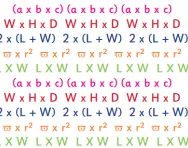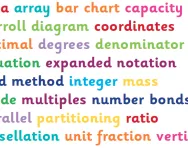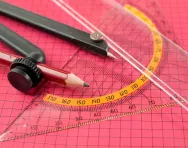What are triangular numbers?

What are triangular numbers?
When certain numbers of dots are arranged into equilateral triangles as follows, these are triangular numbers:
Triangular numbers do not appear in the primary-school national curriculum for maths, but they are taught at secondary school and may be taught to very able Year 5 or 6 children.
A child may be shown the above diagram and then asked to work out how many dots will be in the fifth or sixth or seventh diagram.
Some children at this point will draw the diagram to work out the answer, but others may work out that there may be a quicker way. For example, they may see that the number of dots along the bottom of the triangle is the same as the number of the diagram (the third diagram has three dots along the bottom, the fourth diagram has four dots along the bottom) so they will know that the sixth diagram will have six dots along the bottom.
They may then notice that each diagram is the same as the last, except with a new bottom row of dots added, so the seventh diagram will be the same as the sixth, except with 7 dots added at the bottom, therefore the seventh diagram will have 28 dots.
There is an algebraic formula for working out the number of dots, which children will learn in KS3 maths.
If children are sitting 11+ or entrance exams, it is likely that a question involving patterns such as these will come up.
Children need to be logical and methodical in working these questions out. It will not always be necessary for them to find a formula for working them out, but it is important they have an efficient method for considering how the pattern will continue beyond what is shown on the page.

Give your child a headstart
- FREE articles & expert information
- FREE resources & activities
- FREE homework help









